Two Robinson light traps were set up overnight at the American Museum Gardens on 9 July. It was a mild night with clear skies and no wind, consequently, at this time in Summer, we expected a good number of moths. We were not disappointed, indeed, we were somewhat overwhelmed! Phillip and I arrived around 6.45am to move the traps into the shade, having set them up with Terry Doman the day before at either end of The Terrace, facing the beautiful gardens and Limpley Stoke Valley beyond. At this time, Greenfinches were calling loudly, also Marsh Tit, Stock Dove, young Buzzards.
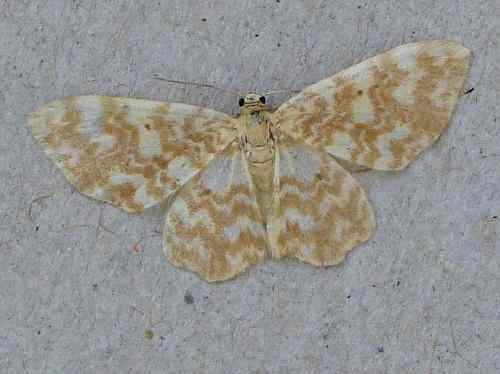
Small Yellow Wave at American Museum © Philip Delve
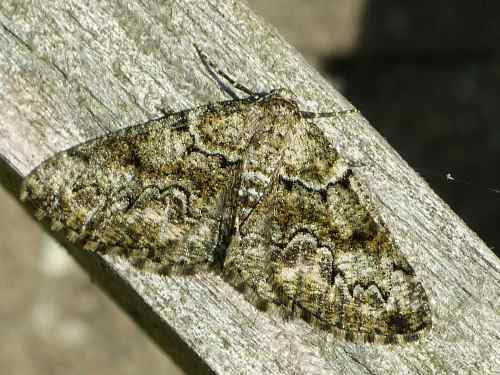
Brussels Lace at American Museum © Philip Delve
By the time Bath Nats members arrived (total of 17 members), we had potted a number of moths that had been found on the stone walls behind the traps and we had made a start on noting some species in the traps, which were moved to the shaded side of the House where we all gathered to look at and record our catch.
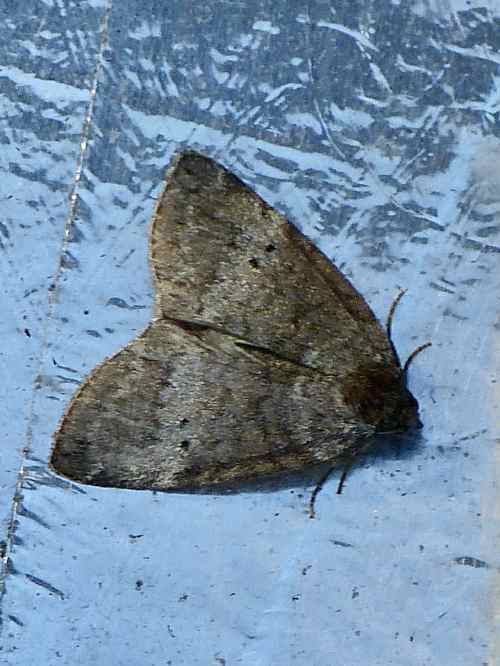
Common Lutestring 1657 American Museum © Philip Delve
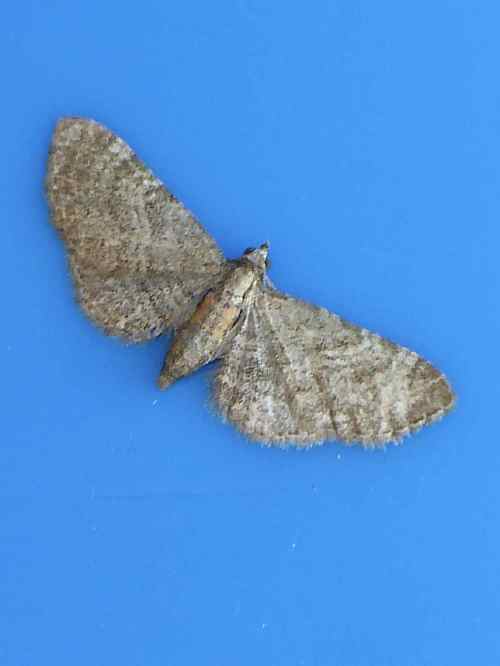
Haworth’s Pug 1813 © Philip Delve
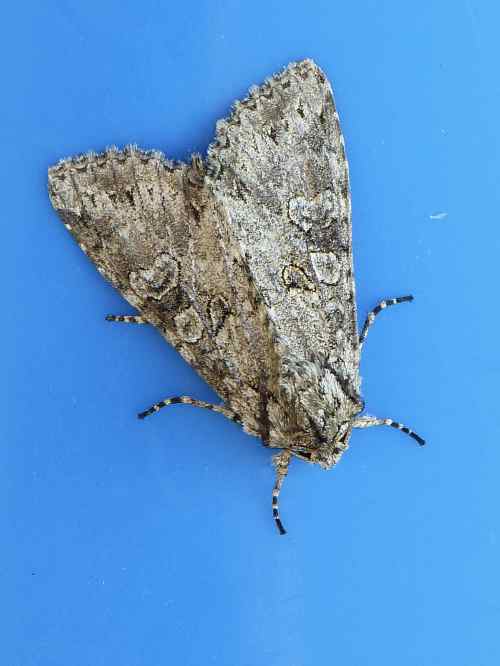
Grey Arches at American Museum, © Philip Delve
The total number of species was a magnificent 125! Highlight species included Dark Spectacle, Scarce Silver Lines, Bloomer’s Rivulet and a Jersey Tiger. We caught several Elephant Hawkmoth which passing members of the public found spectacular and a number of inquisitive children were interested in these “butterflies” of the night.
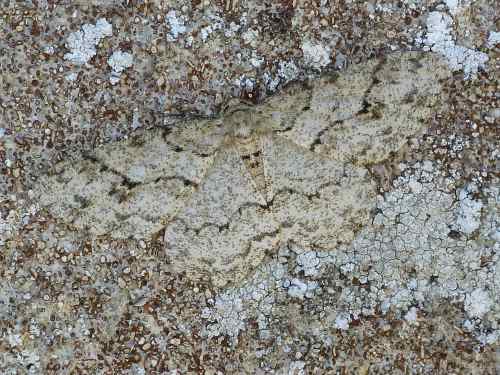
Engrailed Moth at American Museum © Philip Delve
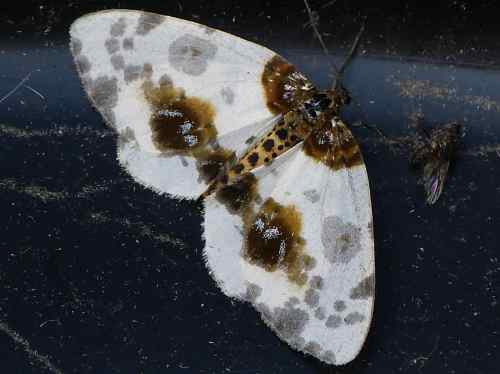
Clouded Magpie 1885 American Museum © Philip Delve
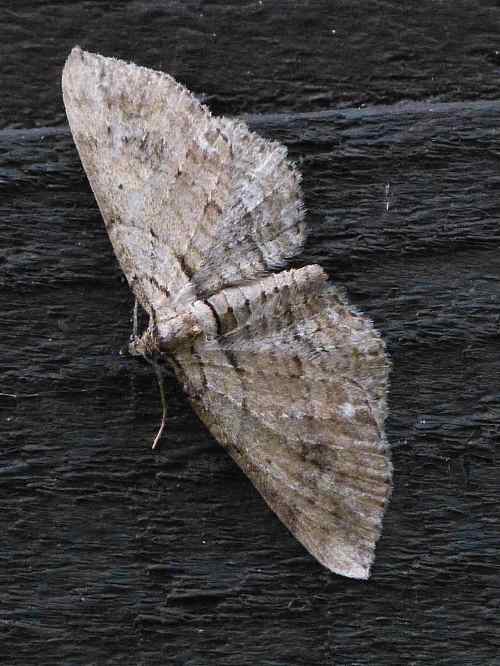
Fern Moth 1782 at American Museum © Philip Delve
Phillip, Terry and I were very grateful to Mike Bailey and his invaluable expertise in identification far beyond our modest knowledge of Lepidoptera. It was good to have a number of “mothers” from the Bath Nats Moth Study Group present to help also in identification and assist others and share enthusiasm and knowledge of this fascinating group of insects. After the completion of the moth recording and a short break, around 11.30am, I escorted 4 members on a brief stroll along to St John’s Field and the adjacent wild area alongside the high bank where we found a number of butterfly species – Marbled White, Ringlet, Meadow Brown, Small Skipper and a possible Silver Washed Fritillary.
I could hear Roesel’s Bush Cricket high-pitched buzzing stridulating call in the long grass near the top of the bank as we listened to some intermittent song of a Blackcap, Chiffchaff and two passing, twittering Swallows. On my return to the Gardens to meet Phillip at the restaurant, I spotted an insect on the purple Verbena which, on closer inspection with my binoculars, was a Hummingbird Hawkmoth. Not an unsurprising find at this time of year.
A very successful meeting indeed, which we may hopefully repeat in a future Spring or early Autumn, with the kind permission and interest of our American Museum hosts who so kindly accommodated us.
Lucy Starling

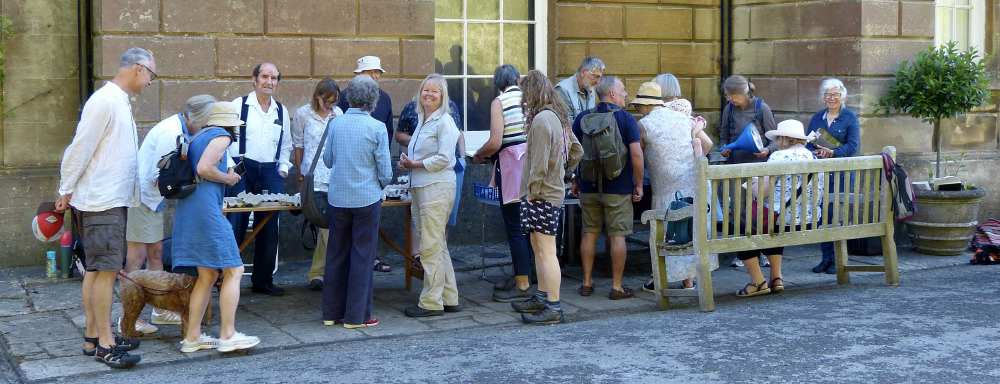
Recent Comments